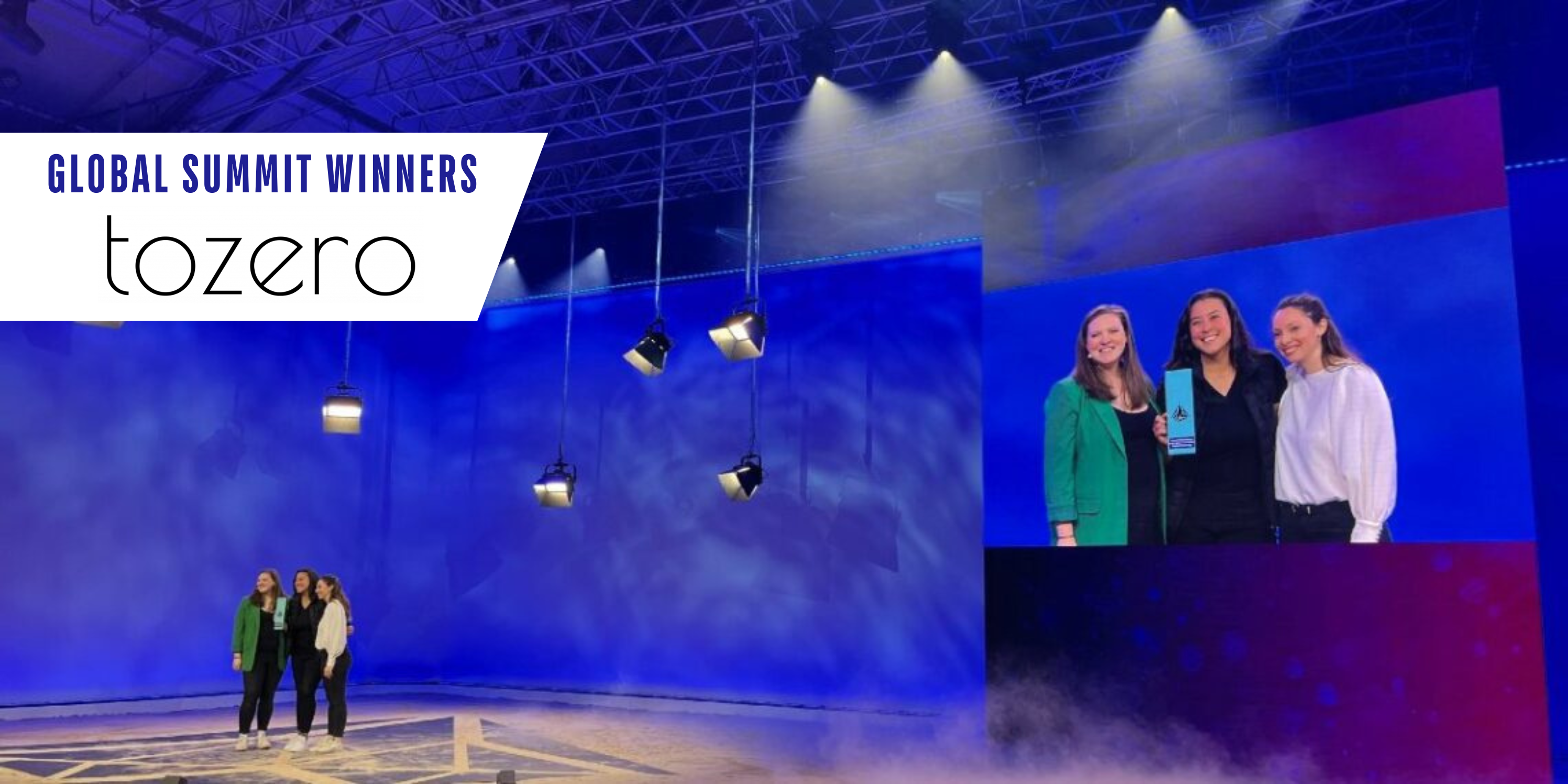The Race to Reinvent Concrete and Reduce Carbon Footprints
Concrete, the second most utilised substance globally, presents a profound environmental challenge, emitting a staggering 8% of greenhouse gases. In response, a surge of start-ups has emerged, aiming to revolutionise this industry.
Recently, these innovators converged in Paris to vie for the title of cleantech start-up champion at Hello Tomorrow’s Global Summit, with a €100,000 ($163,000aud) prize at stake.
ecoLocked, a company spearheaded by Steff Gerhart, is on a mission to revolutionise the construction industry by transforming buildings into carbon sinks. ecoLocked offers concrete additives infused with biochar, a carbon-rich material derived from biomass subjected to low-oxygen conditions.
This innovative approach not only enhances the structural integrity of concrete but also has the potential to sequester approximately 4 billion metric tons of CO2 annually.
With a lab established in Berlin in 2022, ecoLocked is poised to lead the charge towards a greener future, having already introduced their first product for non-structural concrete applications.
Instead of attempting to counterbalance the CO2 emissions associated with concrete, other start-ups at the Paris gathering aim to diminish the volume of concrete required in structures by bolstering its strength.
Additionally, some start-ups aim to substitute cement, the binding agent in concrete, with alternatives that boast lower carbon footprints.
In an effort to minimise the concrete demand for any given structure, French start-up Blackleaf has engineered a graphene substance.
When incorporated into concrete at concentrations ranging from 0.02% to 0.04%, this material boosts its compressive strength by over 10% and bending strength by more than 20%.
“This enables the use of less concrete for the same application,” said Camila Rivera Cárcamo, a business development manager at Blackleaf.
ParaStruct, an Austrian startup, is pioneering a cement-free approach to reduce concrete's carbon footprint. Their algorithm selects low-cost, low-carbon raw materials, targeting local mineral and biogenic waste.
They're collaborating with Voxeljet, a German 3D-printing firm, to test various formulations, including wood-based compounds.
ParaStruct's wood-infused concrete isn't intended for structural applications.
However, US start-up Ultra High Materials (UHM) asserts that their geopolymer binder can fully substitute Portland cement without any such constraints.
“It reduces the embodied CO2 by 80–90%,” CEO Jonathan Cool said in his pitch to judges at the Paris event. “It also performs much better. It’s stronger, faster to strength, much more durable—and we can make this at up to 65% lower cost when compared to the raw material cost of Portland cement.”
Depending on the local availability of materials, UHM’s binder consists of components such as blast furnace slag, fly ash, fumed silica, and metakaolin, a clay derivative.
Mimicrete, a spin-out from Cambridge University, is developing self-healing concrete. Modeled after the human body, this technology involves 3D-printing concrete with a vascular system to repair cracks automatically.
Mimicrete’s approach costs 20% more up front but promises a 40–70% reduction in the lifetime cost of a concrete structure by doubling its life-span and avoiding maintenance costs.
The European construction firm Vinci was at the Paris event to share its strategy for cutting its worldwide carbon emissions by 40% by 2030.
The company’s approach is to reduce carbon emissions by substituting standard cement clinker with a clinker generated in steel mill blast furnaces or with fly ash from coal-fired power plants.
Vinci is already using its low-carbon cement in projects such as the construction of the athlete’s village for this summer’s Olympic Games in Paris.
Photio, a Chilean start-up pioneering passive cooling solutions using nanomaterial-based coatings won Hello Tomorrow’s Sustainable Construction & Infrastructure challenge.

The grand winner across all segments and the recipient of the €100,000 prize was Tozero, the German developer of a hydrometallurgical process for recycling lithium-ion batteries.
